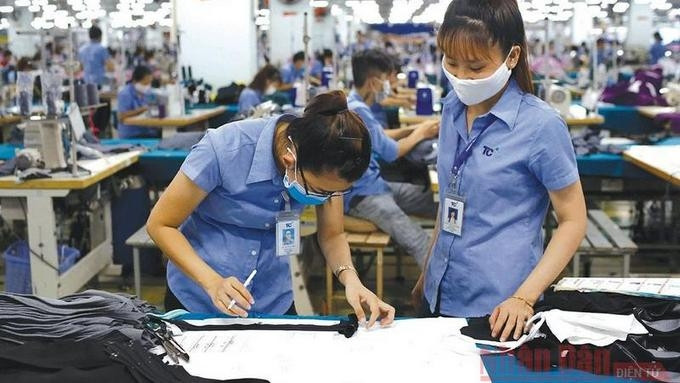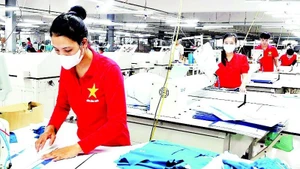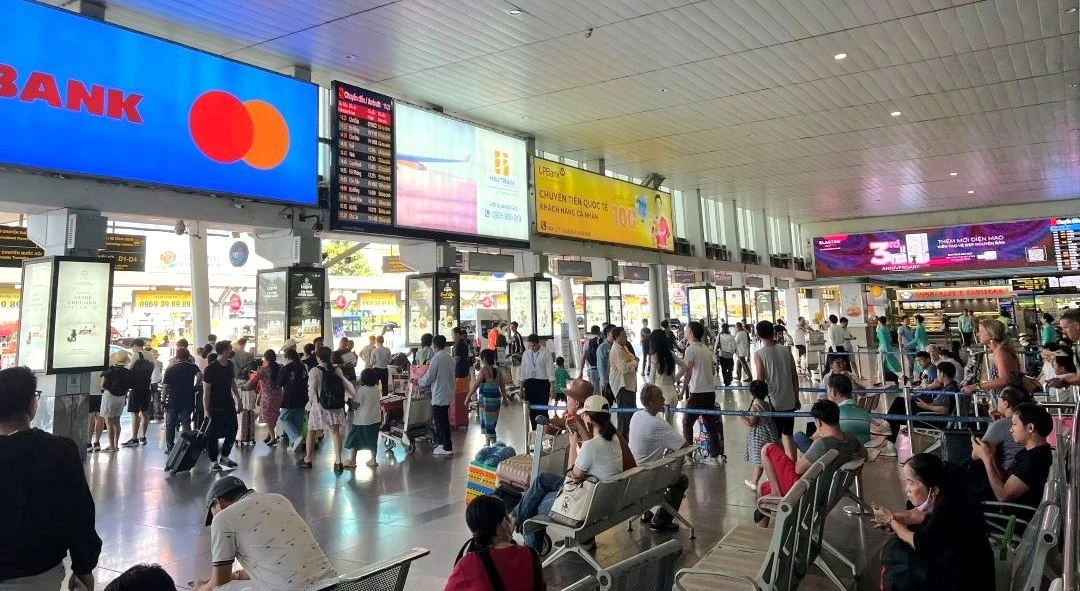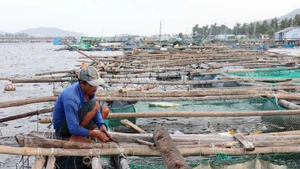Due to the impact of the COVID-19 pandemic, many countries around the world applied blockades and social distancing as well as closed their borders to limit the spread of the epidemic.
According to the General Department of Customs, the total export turnover of textiles and garments reached nearly US$9.7 billion in the first four months of the year, an increase of 10.7% over the same period last year. The United States continued to be the largest importer of Vietnam’s textile and garment products at US$4.7 billion during this period, a year-on-year increase of 18.7%, accounting for 48.7% the country's total export value of textiles and garments, followed by Japan at US$1.07 billion and the EU at US$942 million.
Textile and garment enterprises have signed orders until the end of third quarter. Many units have signed contracts for orders until the end of the year and are entering into negotiations for 2022. This is considered a positive signal in the market, following more than one year of being “frozen” due to COVID-19 and also an “open” signal for businesses to boost exports, striving to achieve export turnover of US$39 billion.
According to the US Department of Commerce, the country’s GDP growth reached 6.4% in the first quarter of this year (the biggest increase since 1984) and personal consumption increased by 10.7% - the second highest growth rate since 1960. The figure proves the increasing consumer demand. Similarly, the European Commission (EC) also revised the EU's GDP growth forecast to 4.3% in 2021 and 4.4% in 2022 as the region is on track to recover and accelerate consumer demand after a long time of blockades and consumption restrictions.
It can be seen that the successes in COVID-19 control, along with the economic recovery of countries around the world, have created a great opportunity for domestic textile and garment enterprises to boost the production and exports of their products. However, it is not easy to do this in the context of businesses having to implement the "dual" goals of preventing and combating the COVID-19 pandemic while ensuring economic development.
In the face of the complicated developments of the epidemic in the country, risks can occur at any time. When just one infection is detected, the whole factory will have to stop production, causing great damage to the enterprise. Therefore, they should flexibly and quickly adapt to market changes during and after epidemic outbreaks; proactively change production and business methods; promote appropriate technological innovation and digital transformation to take advantage of opportunities from new-generation free trade agreements. In addition, businesses have expressed their wishes that the Government should have prompt mechanisms and policies to support them or launch economic support packages suitable for each industry, especially for enterprises with a large number of employees and direct damage due to the pandemic.
















